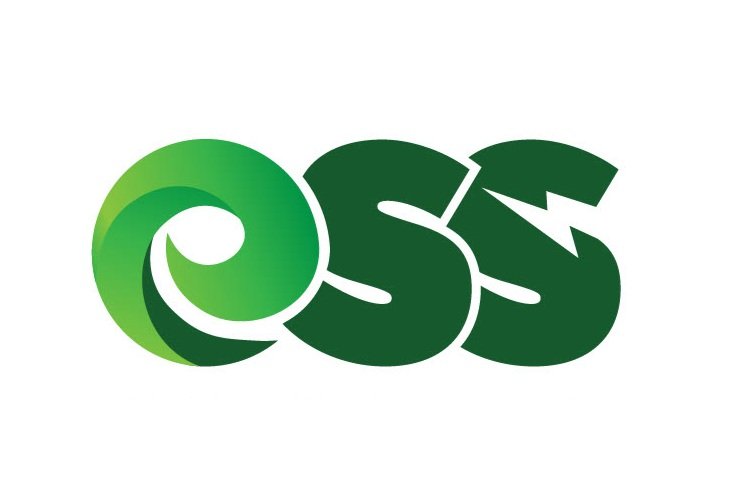How to Improve Solar Panel Efficiency
Capturing Sunlight, Amplifying Efficiency
In the quest for sustainable energy solutions, solar power stands tall as a frontrunner. Solar panels, those sleek arrays of photovoltaic cells, have become iconic symbols of green energy. However, in the pursuit of further reducing our carbon footprint, we're faced with the challenge of enhancing solar panel efficiency. This blog post delves into the art and science of making solar panels more effective, turning sunlight into a more potent source of clean power.
1. Choose High-Quality Solar Panels
When aiming to improve solar panel efficiency, the journey starts with selecting high-quality panels. Not all panels are created equal; investing in reputable brands with a track record of reliability and innovation can significantly impact overall efficiency.
2. Optimal Placement for Maximum Sun Exposure
Placing your solar panels in the right location is crucial. Aim for a spot with minimal shading throughout the day. South-facing installations typically receive the most sunlight in the Northern Hemisphere, while north-facing installations work best in the Southern Hemisphere. Tilt angle should also be considered, aligning it with your geographical latitude.
3. Regular Cleaning and Maintenance
Dirt, dust, and debris can accumulate on your solar panels, reducing their efficiency. Regular cleaning with water and a soft brush, particularly in dusty or polluted areas, can help maintain optimal performance.
4. Advanced Tracking Systems
Consider investing in solar tracking systems that follow the sun's movement throughout the day. Single-axis trackers tilt panels as the sun moves from east to west, while dual-axis trackers also adjust for seasonal changes in the sun's angle. These systems can boost efficiency by up to 25% compared to fixed installations.
5. Keep Panels Cool
High temperatures can diminish solar panel efficiency. To combat this, explore passive cooling techniques like installing a ventilation gap beneath the panels or using reflective coatings to disperse heat.
6. Utilize Microinverters or Power Optimizers
Traditional solar panel systems have a single inverter, which can lead to energy loss when one panel underperforms. Microinverters or power optimizers ensure that each panel operates at its maximum capacity, improving overall system efficiency.
7. Embrace Bifacial Panels
Bifacial solar panels capture sunlight from both sides, making them more efficient in certain conditions. By reflecting light off surfaces like rooftops or the ground, these panels can generate extra energy, especially in spaces with white or reflective surfaces.
8. Energy Storage Solutions
Pair your solar panels with energy storage solutions like batteries to store excess energy for use during cloudy periods or at night. This not only enhances efficiency but also provides a more consistent power supply.
9. Stay Updated with Technological Advances
The world of solar technology is constantly evolving. Stay informed about new developments, such as improved materials, quantum dot technology, and perovskite solar cells. By adopting the latest advancements, you can keep your solar panel system at the cutting edge of efficiency.
Frequently Asked Questions (FAQ)
-
Yes! Efficiency can be enhanced by ensuring panels are clean, positioned at the optimal angle, using high-quality inverters, and employing tracking systems that follow the sun. Periodic maintenance and updates can also boost performance.
-
Increasing the current in your solar panel involves maximizing sunlight exposure. This can be achieved by ensuring the panel is free of obstructions like shade or debris, positioning it directly towards the sun, and using tracking systems. Utilizing larger or additional panels can also enhance current.
-
Mirrors can act as concentrators, reflecting and focusing more sunlight onto the panels. By directing additional sunlight onto the solar cells, mirrors effectively increase the amount of sunlight absorbed, leading to higher energy output.
-
Factors causing efficiency loss include dirt and debris buildup, shade, wear and tear over time, sub-optimal panel angles, temperature increases, and potential-induced degradation (PID). Regular maintenance and monitoring can help mitigate these factors and maintain efficiency.
Conclusion: Illuminating a Greener Future
Enhancing solar panel efficiency is a multifaceted endeavor that requires a combination of careful planning, quality components, and strategic implementation. By embracing the strategies outlined in this article, you can tap into the full potential of solar power, contributing to a more sustainable and eco-friendly future.





